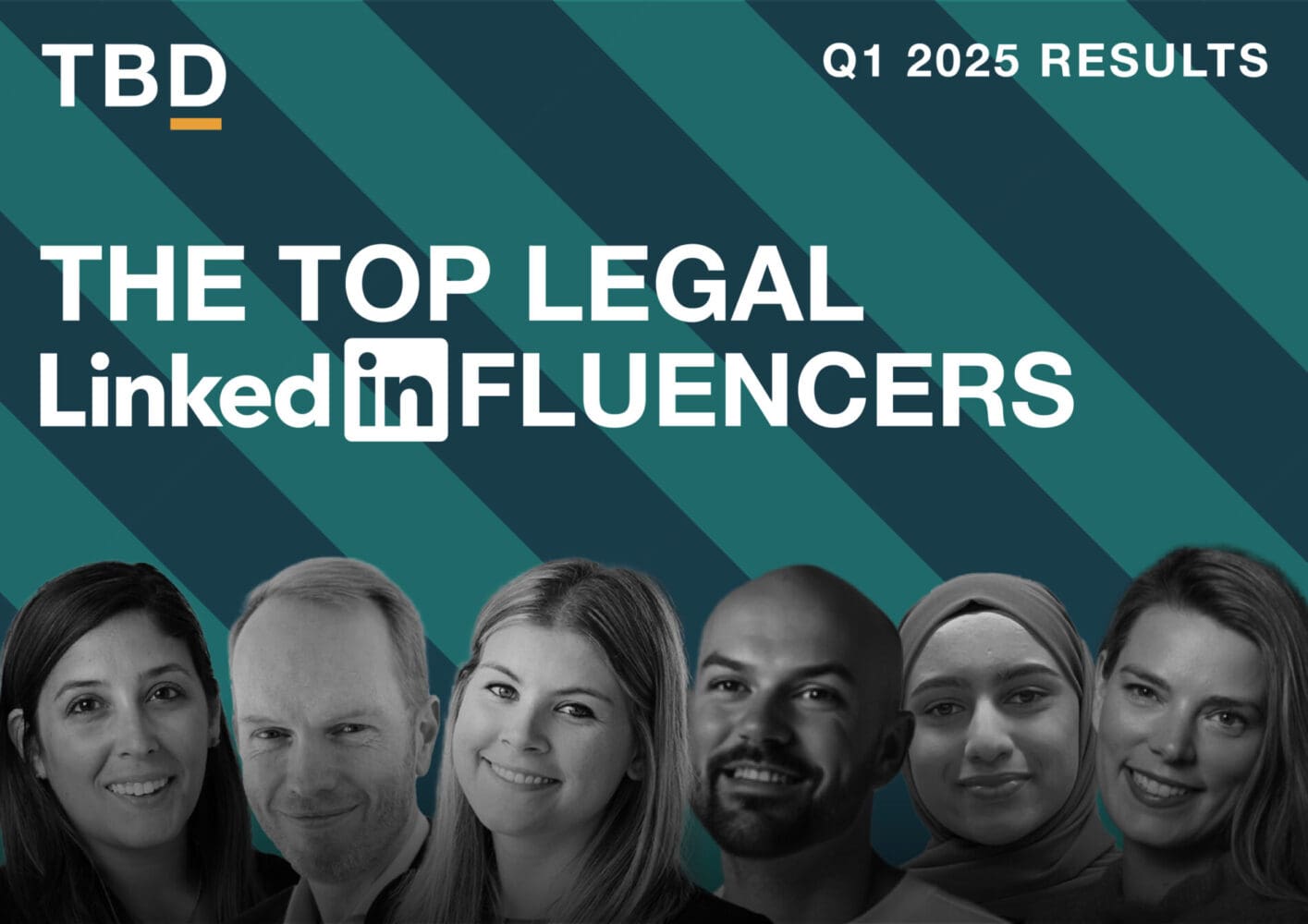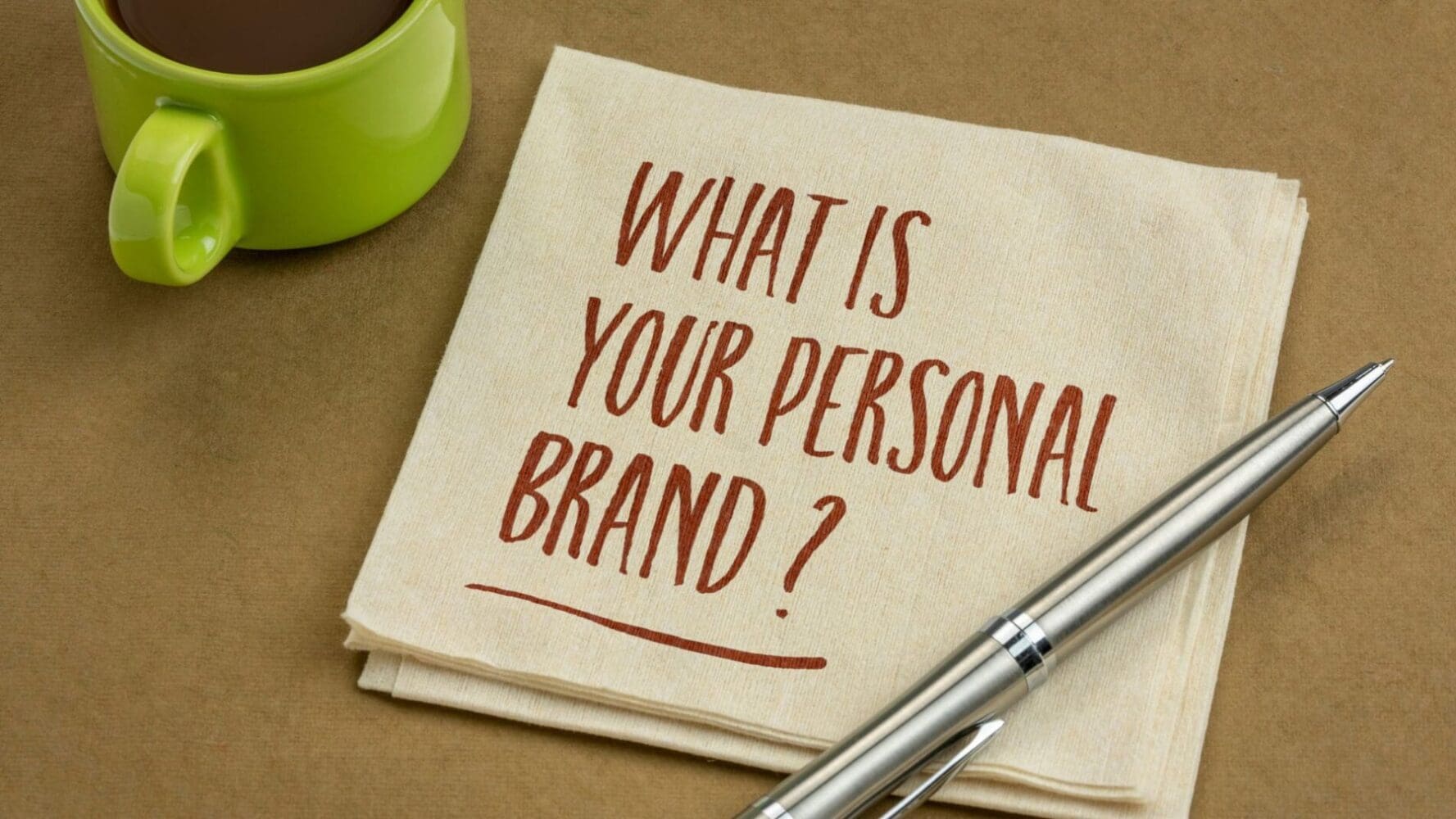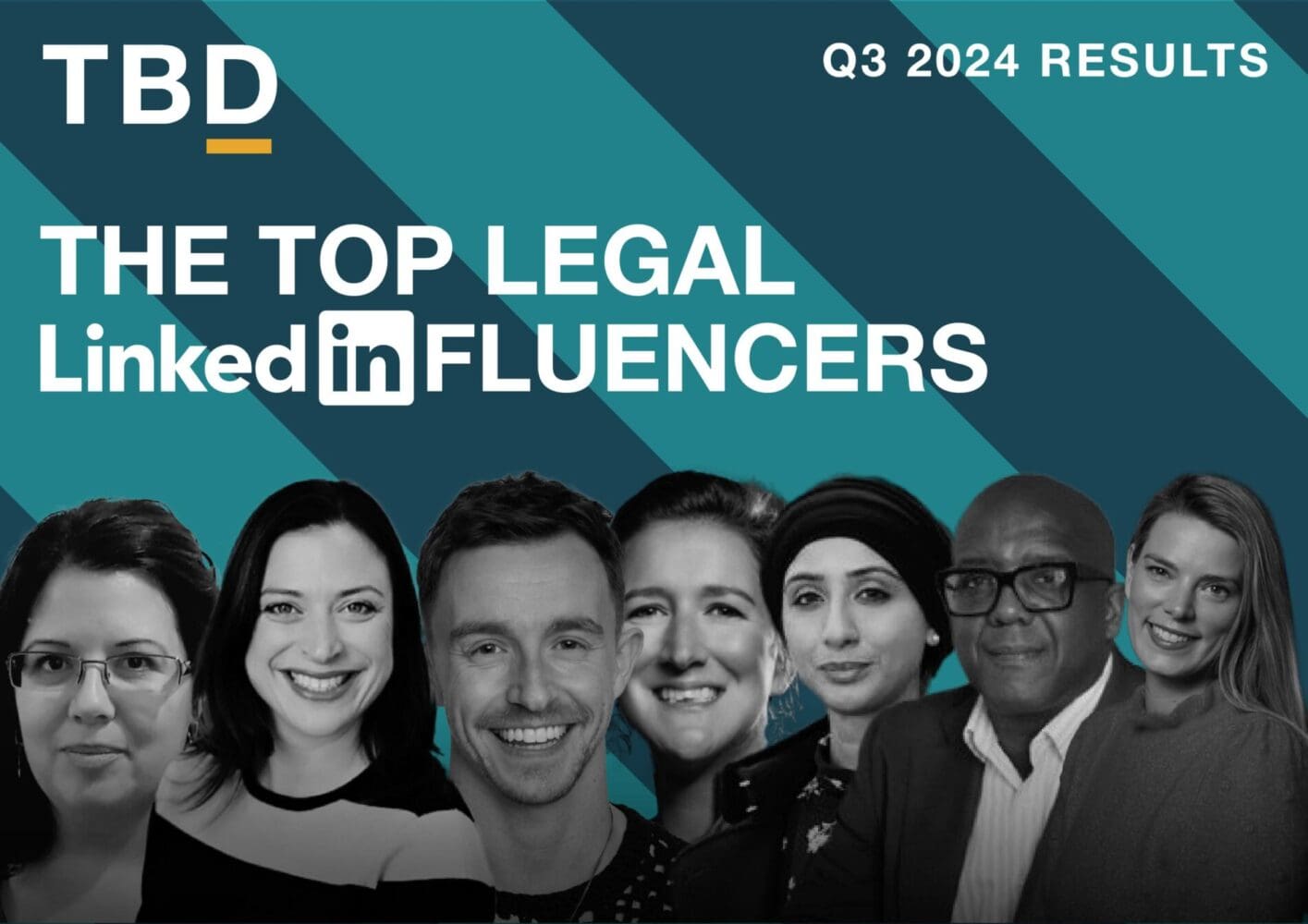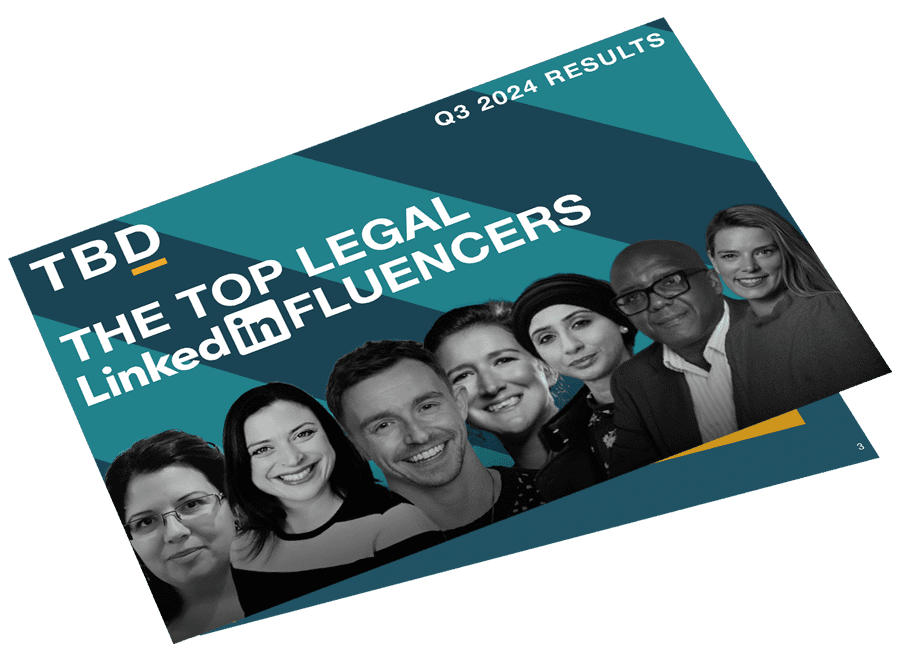My dad had tickets to see Aida on three separate occasions. On the first, his mum passed away. One the second, his brother passed away. So it was with quite some trepidation that we went to see Verdi’s masterpiece at the Royal Albert Hall together a few years ago.
This article, however, has nothing to do with Verdi’s Aida, except as a useful mnemonic for you.
What is AIDA?
All the consumer brand marketing materials we receive / that are aimed at us fall into four the stages areas of the buyer’s journey:
Awareness;
Interest;
Action; and
Decision.
AIDA.
I’m a firm believer in looking at what consumer brands do and adopting the best of it for professional services firms. I’d recommend that every law firm should consider the user intent at every point of the buyer’s journey and make sure that its marketing is optimised accordingly. If that sounds like gobbledygook, then it’s probably easier to explain by looking at the four stages of AIDA for law firms.
Awareness phase
User status £I have heard of this thing and I may need to know about it. What is it?
User intent: I want to learn the basics of this theme.
User source: Google, probably.
Content at the awareness stage is informational and provides outline details for people who have just come across a subject matter. In the consumer world, this could well be understanding where the season’s fashion trends are going and awareness may well be the first time that you spot a certain style of top or dress in a magazine. Is ‘blue’ in? Are stripes ‘cool’? That’s awareness.
In B2B, this is often the overarching piece of content that introduces a subject matter to a non-expert and explains the basics of the theme to them.
Too many law firms omit awareness communications in their campaigns. Often this is because the content is less legal and more business or thematic. Even more often, it is because the value of awareness communications is underestimated by firms and undervalued by their marketers.
First, Awareness traffic drives volumes which boosts the rankings for all your website pages.
Second, awareness visitors are more likely to come back to your site when they are ready to move on to the next stage: Interest. If all the Awareness traffic is going to your competitors’ sites, then guess which firms are more likely to get the call when it comes to being instructed? How do we know? Because we use attribution models which tell us which traffic returns and ‘buys’ your services.
Finally, in terms of the volume of visits to a website informational or awareness communications are the number one thing that attracts readers.
Interest
User status: “How do I…?” What does this mean for my business?
User intent: I want to learn more about the specific impact of this theme on me/my business.
User source: Google, most likely or possibly email.
The Interest phase is one in which law firms do incredibly well when it comes to written content. Readers who have come to a blog post via a Google search have already given the firm a strong signal as to what they’re interested in because otherwise why they’ve clicked on the link that best answered the question they typed into Google? And yet in our reviews of hundreds of law firm websites very little content is drafted to take people on the next stage of the user journey from Interest to Decision. Often these pages will end without a call to action at the bottom and so they are purely informational leaving the reader wondering what I should do next. Equally, when these pages do you have a call to action at the bottom they are often focused on getting the reader to call the partner who wrote the article. But is the reader ready to buy yet? Normally, no.
Yes, they are aware of the issues that they need to tackle, they have read your excellent article on some technical elements of the issue and so they have an understanding of how and when and why they need to tackle the issue. But at this point in time they remain to be convinced that your firm is the one to instruct. Hence, we need to move the audience from the Interest to the Decision phase.
Decision
User status: “Is this the right firm for the task?” “Can I afford this firm?”
User intent: To determine if this is the firm you want to instruct.
User source: Interest page, email, word of mouth, remarketing/retargeting.
When we work with clients to design the contents of their decision phase materials, a good starting place is often to ask why clients would not instruct you at this stage. For example, what would their objections be to using your firm? What would their objections be to acting right now? What would their objections be to using the individual who wrote the article?
Then we flip these objections and considerations on the head and answer them proactively by including case studies, worked examples, client testimonials, quotes for partners, market insight into how challenging the journey may be to go from and identifying the issue to solving the issue. This is what takes the buyer through the psychological decision making part of the buying journey. It’s worth noting that this is not a stage that is based on the assertion of your technical prowess but rather the demonstration of it.
It’s quite possible that this content sits on the same page as the Interest phase. For single page strategies in the areas of, say, divorce and personal injury, this is almost the norm as those firms have paid for the lead and now want to convert it into an instruction.
For commercial firms, you should test what works and base your decision on what the data tells you. Please note, however, that every request to click through to a new page will lose 75% of the audience. That fact alone should influence how many layers of pages you have in your hierarchy.
Action
Finally, and this applies to every law firm that has a website, I’d ask: how easy is it to buy your service?
How many times have you visited a clothing website that seem hellbent on preventing you from making a purchase? Will you use the site again?
In law, one simple example is that most firms wish to put all of the lawyers that they have in a certain area on the webpage believing that it’s important that the client sees that they have strength in depth. So, potentially, we have 15 to 20 lawyers on the page after an article. There is a maxim in sales and marketing that the confused mind never buys. Potential clients who are confronted with 20 contacts on the page are more likely to leave the page that they are to contact one individual. People hate choice at the point of sale. Firms need to refine this part of the buying process so that potential clients make the right decision and that the firm can then distribute the work internally when it has been instructed.
Have a call to action and make it simple to buy. Upsell when you’ve already made the sale. Don’t get in the way of the sale.
Next steps
We’ve found that auditing your content, thinking about where flows are working and where audiences drop off is essential to improving the number of leads you get from your website.
If you don’t think you can get leads from a website, join us at this event.
If you’d like to do an audit, then we should have a chat.
P.S. The opera was great, by the way.







